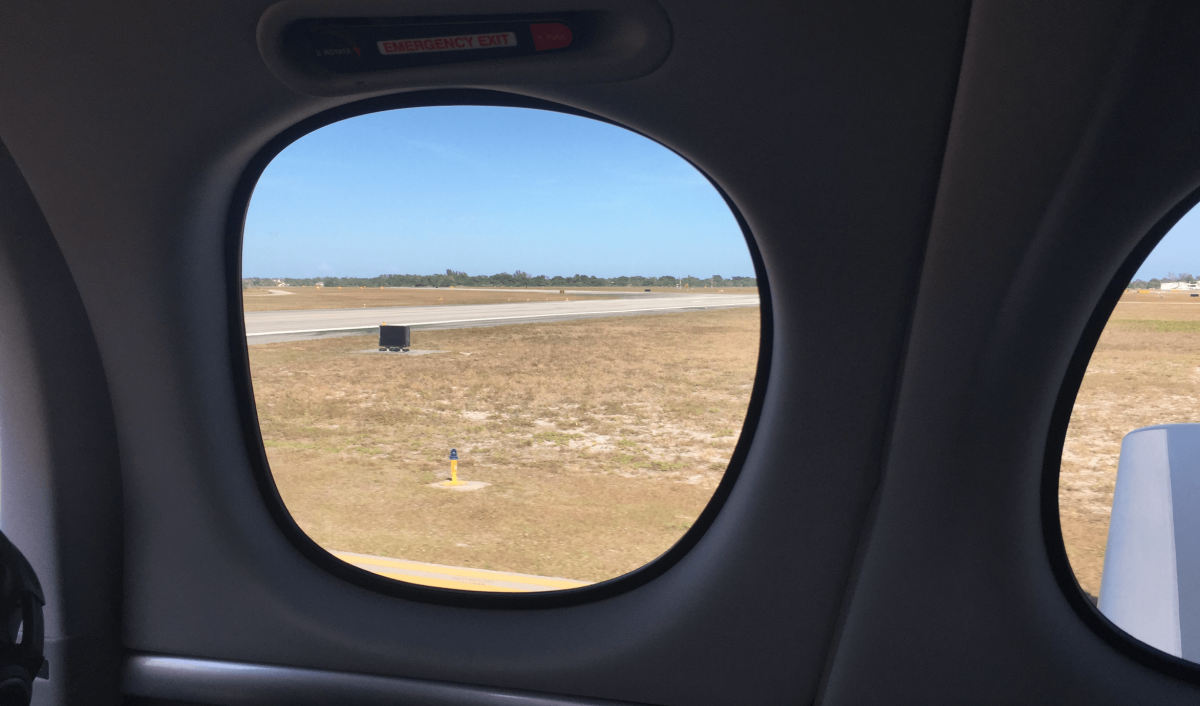
What are the biggest concerns newbies have when it comes to chartering a private jet? How To Charter: The Basics, a webinar from Business Jet Traveler, provides some answers.
About a quarter (23%) of respondents said they don’t know where to start. According to Charles Alcock, a senior editor with BJT, brokers are a good place. He compared them to travel agents.
“Brokers can add a lot of value, assessing your needs and getting options that are as close to your needs as possible. A good broker will ask you questions so they can match you up to the best operators,” he told listeners.
A bigger issue is the 59% of attendees who said, “I don’t understand how the pricing works.”
It’s a tricky subject and one reason many charter customers end up buying jet cards. For aircraft that operate from a fixed base, charter pricing is based on the roundtrip flight cost. After it drops you off, it has to come back home, even if it’s empty.
Operators and brokers try to sell off the empty legs. Still, you are probably paying for that return ferry flight, with two exceptions.
If you are coming back the same day or the next day, you might qualify for roundtrip pricing. Typically that means two billable hours per day. For example, if you were making a three-hour flight, that’s three hours out and three hours back, for a total of six hours. Six hours divided by two billable hours per day means you could leave on day 1 and return on day 3. Since the operator uses that same aircraft and flight crew, your roundtrip price is not much more than the one way. You pay the same charter fare, plus pilot overnights and hangar expenses.
The other exception is with floating fleet operators. Floating aircraft only come back to base for maintenance. They fly from point A to B with customers. They might hop to C to pick up new passengers, fly them to D. From there, they would pick up the third set of customers there, and fly them to E. Floating fleet operators have to factor in the expense of those shorter repositioning legs and keeping pilots on the road. However, they offer one-way pricing.
If your trip out and back can’t be made with a single aircraft and crew, the longer your flight, the more likely floating fleet operators will offer better pricing. Using the same math, local operators are the most cost-effective when the same aircraft and crew can stay with you for the entire trip.
One reason folks gravitate to jet cards is the hourly rates are generally one-way prices. In other words, you only pay for the time you are on the plane – occupied hours – not those ferry flights. Most jet cards also offer discounts for roundtrips, so you get the best of both sides.
About a fifth (18%) said they don’t know how to tell whether a company is legitimate. That goes to the challenge with brokers. While good ones are like gold, they aren’t licensed or regulated. There was also the mention of illegal charters, which is often the topic of an entire discussion. Operators are regulated. In the U.S., it’s referred to as Part 135.
Michael Ryan, a veteran charter customer, offered some insights for first-time flyers.
He said the biggest surprise for road warriors who have racked up millions of miles on the airlines is when they are asked, “What time do you want to leave?”
Ryan told listeners the best way to answer the question is by telling your provider where you need to be and what time you need to be there. He also recommended having your provider arrange ground transportation to track any delays, diversions, or if you arrive early and make appropriate adjustments.
For the return, he said let your provider what time your meeting is ending, and let them work out how much time you need to get to the airport, which brings us to airports.
Ryan says many novices don’t understand there are thousands of airports serving only private jets. He says to tell your provider where you live and where you are going. You don’t have to give a street address. Just provide enough information so they can identify the most convenient airports for your trip.
He also recommended asking for driving directions to the FBO. He noted signage is better on the airside than the parking side. Terminals can be hard to find. Busy airports like Teterboro have as many as six separate FBOs.
Other considerations include what type of toilet you need. Some small jets have merely a potty with a curtain, and in light and midsize jets, it’s a tight fit. You may want a larger aircraft with a roomy water closet for longer trips or depending on your preferences.
Since smaller aircraft don’t have galleys, ovens, or microwaves, Ryan recommends bringing your own sandwiches. Catering, Ryan noted, is expensive for what you get. Think $50 for a pair of sandwiches.
He also told listeners that when the cockpit door or curtain is open, go and take a look out the front window. He did warn you to be on time for your flight, even if it’s just showing up a few minutes before departure. The Part 135 rules limit daily duty time, and your pilots may have been working before your flight or have passengers pick up as soon as they drop you off.